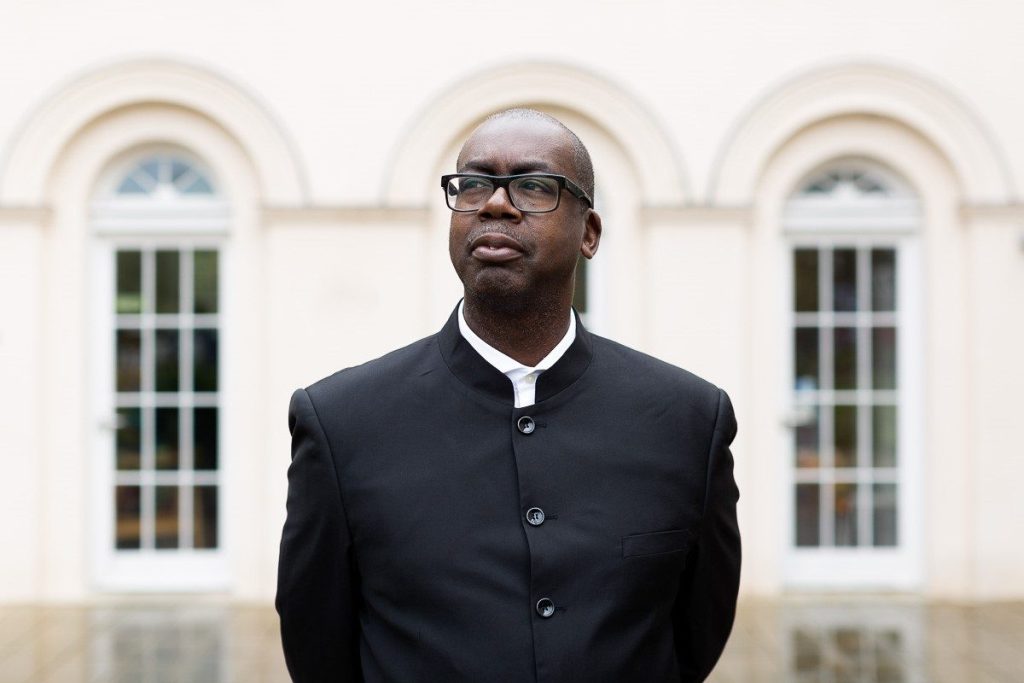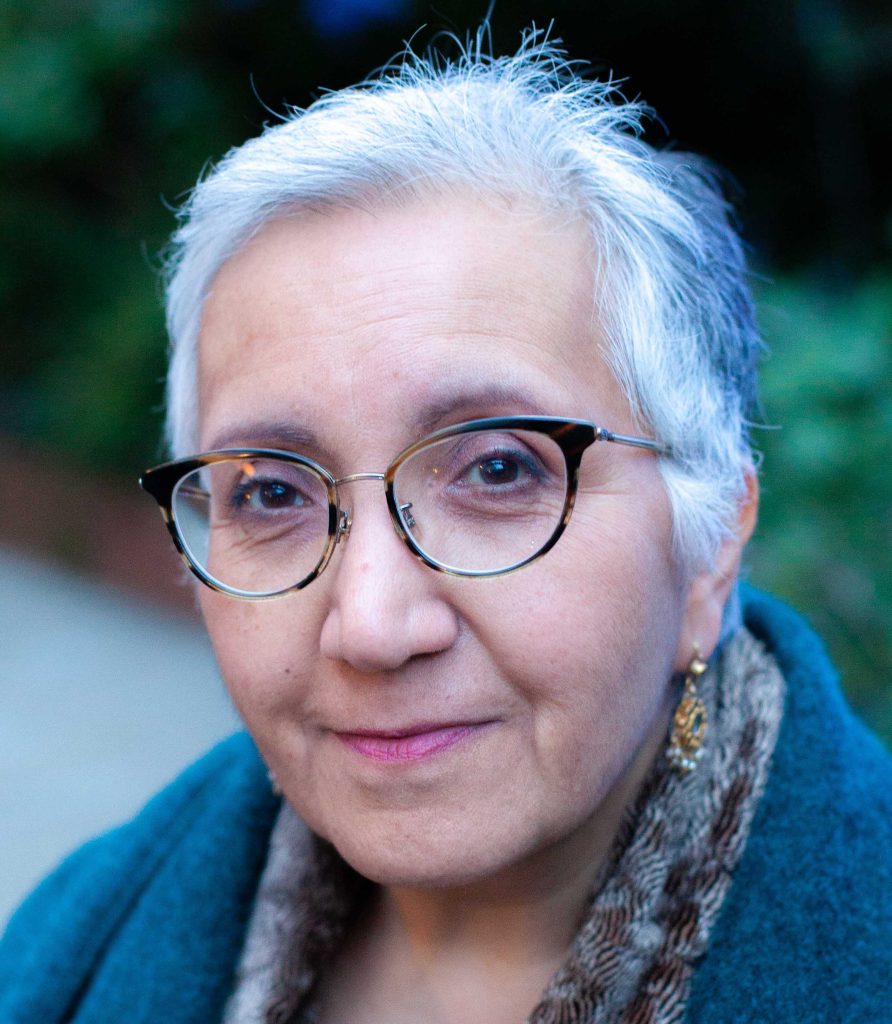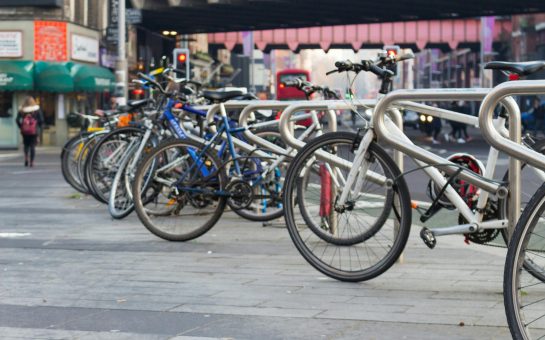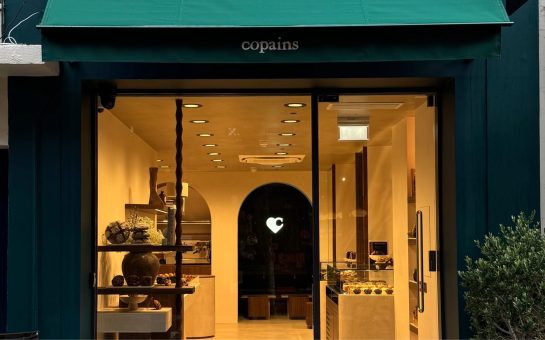It has been a month since the National Gallery announced the findings of the first two stages of its slavery research project, which investigated the organisation’s historic links to the slave trade and changed painting labels accordingly.
The political reactions to the project have been impassioned and sharply divided, and the fact that it cannot be viewed in isolation since it is part of a trend which has been taking place throughout the West, can go some way towards explaining this.
Professor Patrick Vernon OBE, a social commentator, campaigner and recipient of an honorary Doctor of Letters degree from the University of Wolverhampton, has welcomed the research project but thinks it does not go far enough.
He said: “It’s great that the National Gallery are doing the research project, but it has to now lead to an action plan and strategy. They can’t just tick a box saying, ‘we’ve done our audit and that’s it’. No, if they’re serious about this agenda they need to go the whole way.
“This has been an ongoing journey for the last 10 or 15 years.
“Obviously it accelerated because of what happened around the time of the murder of George Floyd, the resurgence of Black Lives Matter, and the removal of the Colston statue.
“The research project doesn’t take away the work people have done or their contribution, it just provides context. People will still appreciate the artwork, but they will also recognise how it came about.
“That’s part of the problem we have in Britain, when you try to put some context around a particular subject matter, then you’re accused of being politically correct or trying to take away a person’s greatness. Actually no, what we’re doing is just giving some context, and people can still make their own judgements.”

Since the resurgence of the Black Lives Matter movement in the summer of 2020, a number of institutions in the UK, such as the National Trust, the Natural History Museum, the Bank of England and even the Church of England, have examined their historic links with slavery and colonialism.
Institutions such as these have also considered and in some cases decided to remove paintings or statues of those deemed to be unacceptably associated with historical evils.
This has happened in tandem with the removal public statues, such as that of Edward Colston in Bristol, of portraits, such as that of the Queen from the common room of an Oxford University college, and with calls to pay reparations to the descendants of individuals and groups affected by slavery and colonialism, and to change potentially offensive street names.
Some have welcome all these changes, saying that it is valuable for modern Britain to reassess its past and disassociate itself from those things that are wrong.
Others, however, are critical of the movement, and question who it is that decides who and what from our past is evil, on what basis, and to what end.
All these reviews, movements and debates grapple with the following question: how should we view and relate to our past?
A spokesperson said the gallery wants to “engender discussion and understanding” around the topic through their project.
They added that the gallery has no intention of removing any pictures or paying reparations to individuals or groups who are descendants of victims of the slave trade.
Professor Vernon is in favour of removing certain paintings, or moving them to a different section of the Gallery with other similar works, depending on their degree of association to the slave trade and personally draws the line on if there is a depiction of a slave owner.
He said: “We’re going through a process.
“It’s very similar to what happened in post-war Germany and in post-Soviet Russia, when they got rid of statues of Lenin and Stalin and in Germany they got rid of statues connected with the Third Reich and Hitler.
“I don’t know why it’s taken us so long to go on this journey, but it’s what’s going on around the world.
“We recognise injustices for other communities. We wouldn’t have a whole gallery of images of Hitler, the Third Reich and Goebbels, so why is it different for black people, when it comes to a similar experience of enslavement and the horrors of that?”
Dr Alka Seghal Cuthbert is an educator, a researcher whose areas of interest include aesthetics, and coordinator of Don’t Divide Us, an anti-racist organisation that campaigns against critical race theory.
She disagrees about the utility of the Gallery’s research project and other similar reviews motivated by a critical view of British history.
She said: “There are three points I would make about such an undertaking. One, it’s artistically philistine, second it’s politically cowardly, and lastly I think it’s ethically cruel.
“We are talking about a national public gallery, one of the most famous ones in the world. It’s meant to be there for the world to come, encounter and engage with the art, not for people to have a history lesson or a moral sermon.
“It’s ethically cruel because the result of this is to point to the public, which includes people of all skin colours, that you can’t engage with this work of art without approaching it with a certain mindset, a kind of guilt, or a weariness, or a suspicion.”

Dr Seghal Cuthbert also disagrees with calls for the gallery to go further than it already has.
She said: “I don’t agree with reparations because that’s fundamentally retaining an unequal relationship and it keeps countries affected by colonialism in a position of subordination and dependency.
“You don’t take anything down because it offends somebody, because what offends one person won’t offend another person.”
Dr Seghal Cuthbert fervently believes that you can separate the art from the artist, and that even if a painting could be shown to have the most explicit links to slavery, that it should remain in place if it has artistic value.
She added that the National Gallery has failed to engage with their art in an academically rigorous manner, and that their research has instead been inappropriately politicised.
One example of meticulous art history she pointed to was the Nigerian writer Chinua Achebe’s work Africa’s Tarnished Name.
In the book Achebe examines the work of Thomas Gainsborough, an artist labelled as “related to slavery” by the research project, partly because of Gainsborough’s painting of Ignatius Sancho, a former slave.
Achebe is in favour of the work and believes that it is humane, said Dr Seghal Cuthbert, and he comes to this conclusion through an examination of the art on its own terms.
This is very different, Dr Seghal Cuthbert claimed, from the work of the National Gallery, which has labelled paintings as related to slavery on the basis of an empirical link to the slave trade, regardless of the nature of that link.
Another example that has caused some to claim that the gallery has painted with far too broad a brush with their project is the labelling of the portrait of Pope Julius II by Rafael as related to slavery.
This is not because the painting itself has any links to slavery as a work of art, but because it came to be owned by the gallery through an heir of John Julius Angerstein in the 18th century.
Angerstein, who was not himself a slave owner, acted as a trustee of estates and enslaved people in Grenada and Antigua, and made some of his wealth by insuring slave ships.
Dr Seghal Cuthbert added: “It’s very disingenuous for them to say they’re just helping the public think about and discuss the paintings. You don’t think and discuss by slapping on a label based on a pre-formulated verdict.
“It’s also very destructive because it’s saying we have nothing to learn about the past and that the past has nothing to offer us today. That’s cutting us off from real intellectual resources that we so desperately need people to engage with if we’re to navigate our way in new times.”
Despite her critiques of the Gallery’s project, Dr Seghal Cuthbert does believe there is an opportunity and need to move forward constructively.
A Twitter poll on this issue with 22 votes reinforced there is no public consensus on this issue, as 45.5% of people were opposed to the project, 50% were in favour and 4.5% thought it did not go far enough.
Deltapoll polling data of 1,560 people from June 2020 found that the public thinks differently about different aspects of the wider topic of how we should relate to our past.
Almost two-thirds of people agreed with the statement: “It is unfair to make judgements about people in the past based on today’s values. Statues of people who were once celebrated should be allowed to stand.”
However, more than three-quarters of those polled thought that the National Trust should do more to educate visitors about its historic links to slavery and colonialism.
Moreover, 69% agreed with the statement that British history as a whole is something to be proud of, and 70% were concerned to varying degrees that a minority of political activists are being given too much say over how Britain treats its monuments.
Having completed the first two phases of their research, the National Gallery now plans to complete the final two phases of the project.
Phase III will cover trustees and donors from 1880 to 1920 and phase IV will cover past picture owners as far back as 1640.
Featured image: National Gallery Exterior – Trafalgar Square. Image credit: Image used with the permission of the National Gallery, who owns the copyright. © National Gallery, London





Join the discussion
We are overdue for forensic history to be allowed to do its job and better determine the history of artefacts that we take at face value within the NG. The internet and NG online catalogue is a perfect tool to describe the fuller story of what is on the gallery walls.
There is nothing to be gained by defending a Disneyesque washing of the history of the owners, the cash and how the NG came by its paintings. As an adult untrained or studied in British history, I feel no obligation to summarise or hold a summary view of it in a vox pop as a distraction to the topic.
Fully explain what we now know about these paintings and trust the public to shape where we all go next. I visited the NG this Christmas and it is currently a static assembly of painting, sometimes moved from wall to wall in a futile attempt for relevance.
I’m a black man. I’m proud of British history. I like the British Empire. I can appreciate that good and bad things happened. All history is complex. I wasn’t offended by Edward Colston’s statue either. He was a man of his time. Colston did not break any law. What does offend me is this “decolonising” of western culture, supposedly for my benefit. I’m not a victim and I don’t need patronising by white academic liberals.